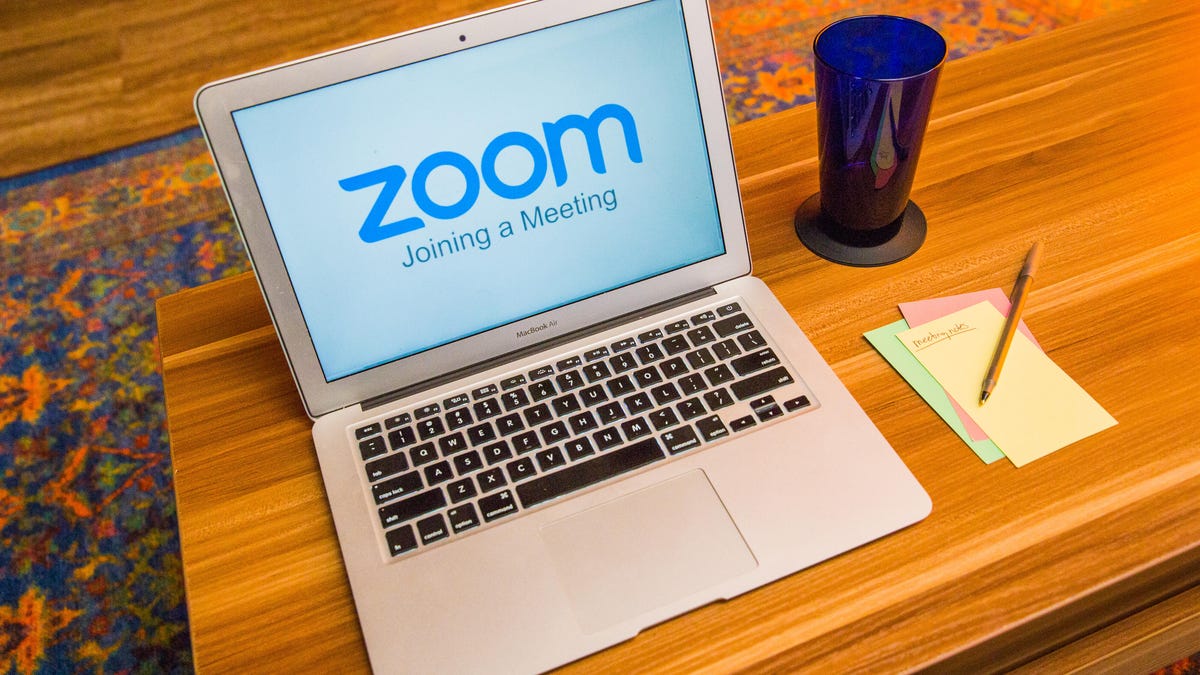'Zoom fatigue' is apparently a real thing, and there are 4 main culprits
It's not your imagination: All those hours of video calls take more of a toll on your brain and body than regular office work. Now scientists say they know why -- and what to do to avoid it.

So. Much. Zoom.
If you've ever felt utterly drained after a workday, even though your most strenuous physical activity involved smiling through seemingly endless video calls, Stanford researchers now have a name for that feeling: " Zoom fatigue." Although the scientists behind a new study, published Feb. 23 in the journal of Technology, Mind and Behavior, are quick to point out it can happen on any video calling platform, they now say they have a better idea why Zoom fatigue happens.
Researchers say Zoom fatigue has four main culprits: excessive and intense eye contact, constantly watching video of yourself, the limited mobility of being stuck at your desk, and more energy spent identifying social cues you'd otherwise pick up on intuitively in person.
The research also suggests strategies to counterbalance the negative physical effects of video calls: Make the onscreen window smaller to minimize participants' face size, get some distance from your webcam to increase your "personal space bubble," hide your self-view video feed, and periodically turn off your camera then physically turn away from the screen so you're not watching others.

